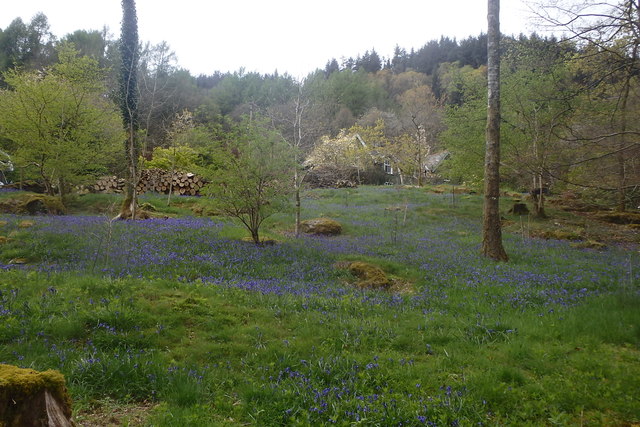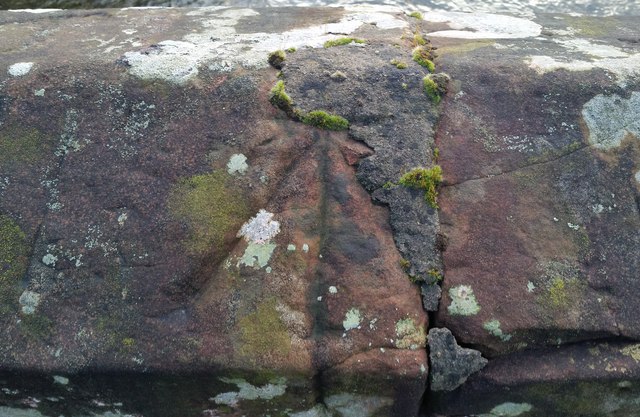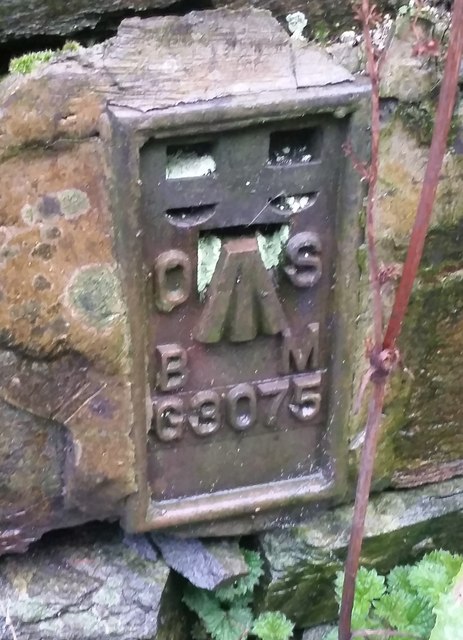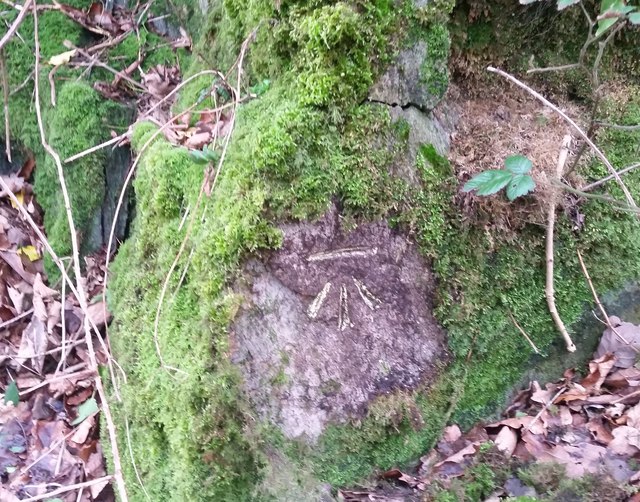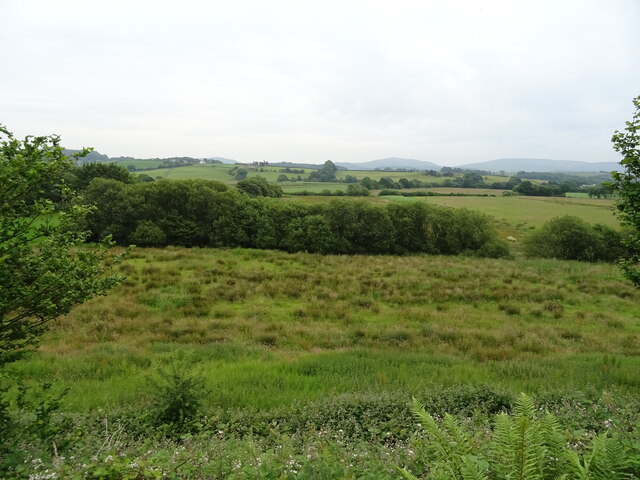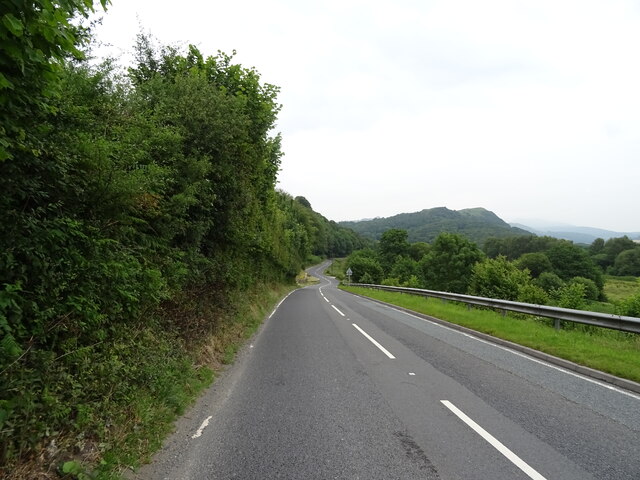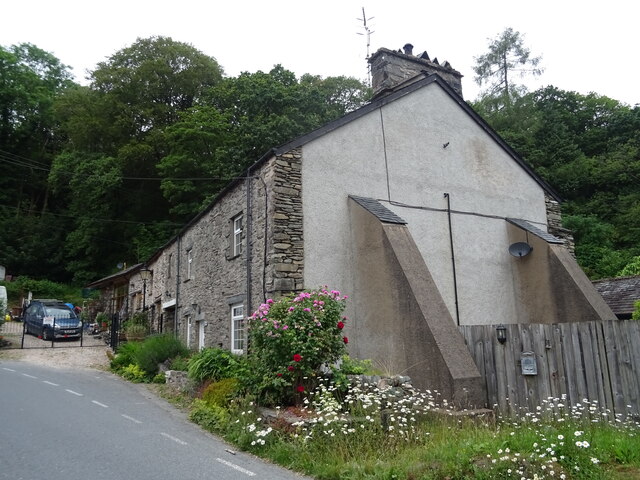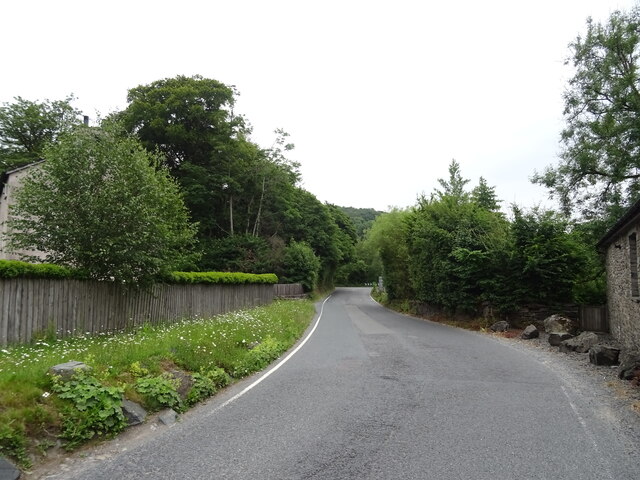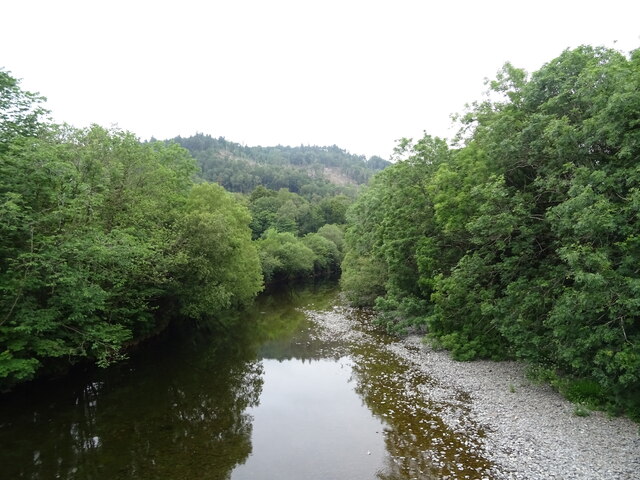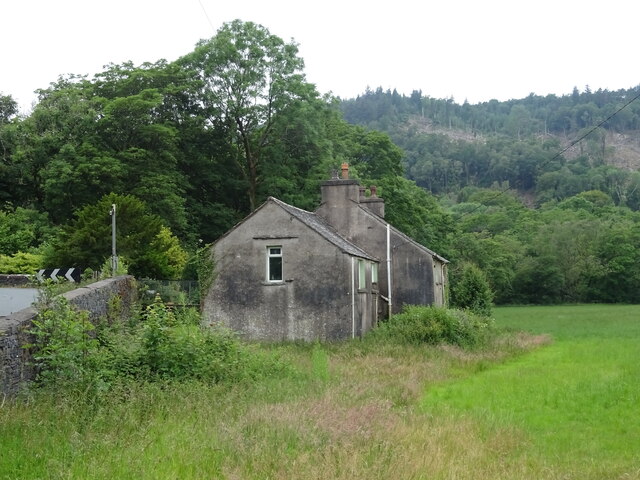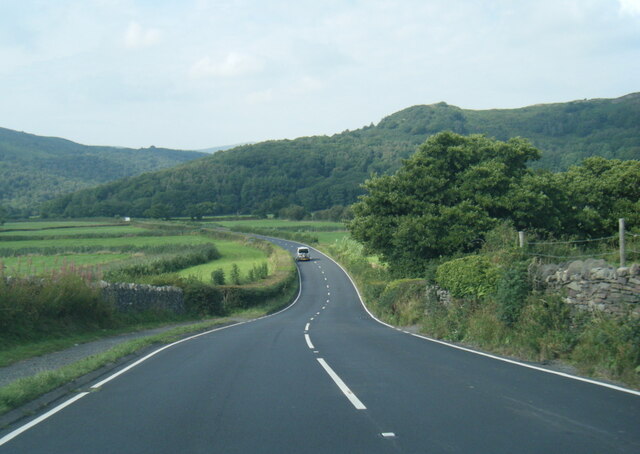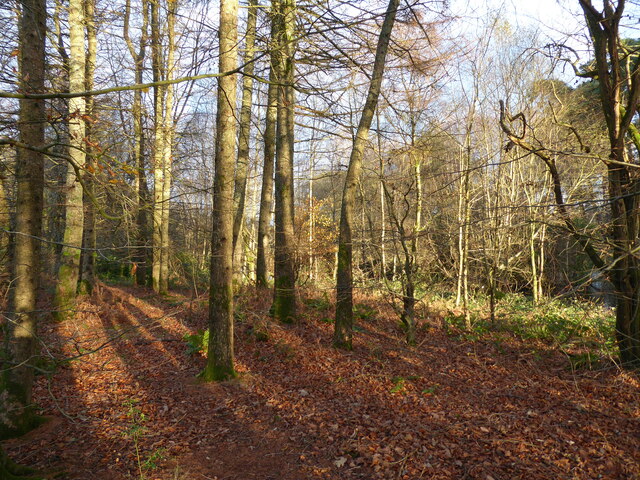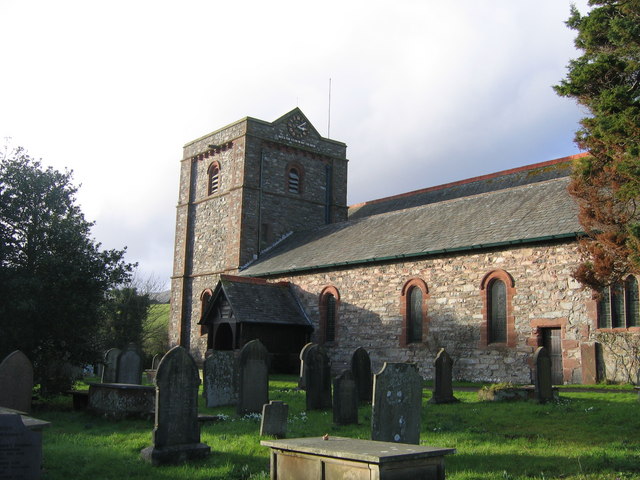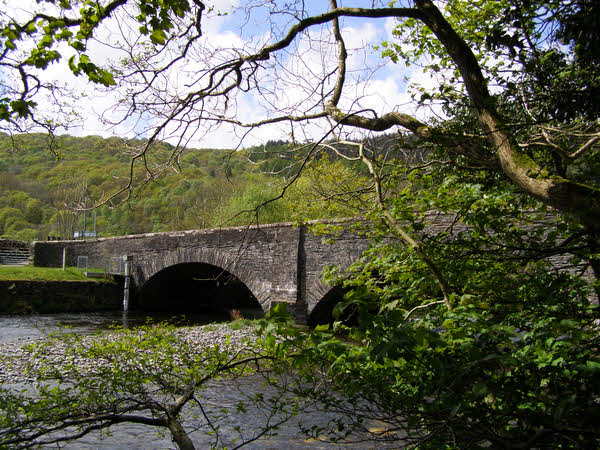Springs Wood
Wood, Forest in Lancashire South Lakeland
England
Springs Wood
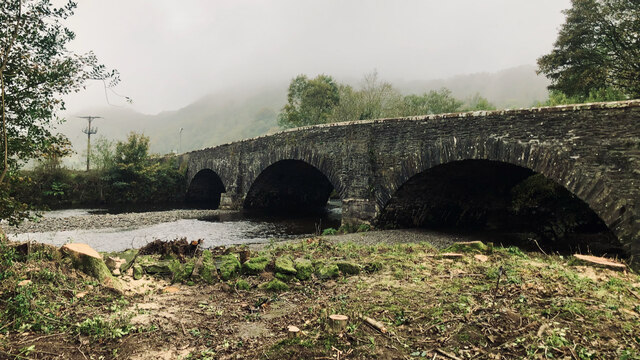
Springs Wood is a beautiful woodland located in the county of Lancashire, England. Covering an area of approximately 100 acres, it is a popular destination for nature lovers and outdoor enthusiasts. The wood is characterized by a diverse range of tree species, including oak, birch, beech, and sycamore, creating a rich and vibrant ecosystem.
The wood is known for its breathtaking scenery, with winding paths that meander through the dense vegetation. Visitors can immerse themselves in the tranquility of the forest, enjoying the sights and sounds of nature. Wildlife is abundant in Springs Wood, with numerous species of birds, mammals, and insects calling it home. It is not uncommon to spot squirrels darting between the trees or catch a glimpse of a deer grazing in the distance.
The wood also boasts a small stream that runs through it, providing a picturesque setting for a leisurely stroll or a peaceful picnic by the water's edge. The sound of the babbling brook adds to the overall serenity of the place.
Furthermore, Springs Wood offers various recreational activities for visitors. Hiking and cycling trails are available, allowing visitors to explore the wood at their own pace. The wood is also a popular spot for birdwatching, photography, and nature study.
Overall, Springs Wood in Lancashire provides a tranquil escape from the hustle and bustle of everyday life, offering a haven for nature enthusiasts and a chance to reconnect with the natural world.
If you have any feedback on the listing, please let us know in the comments section below.
Springs Wood Images
Images are sourced within 2km of 54.285373/-3.2139295 or Grid Reference SD2188. Thanks to Geograph Open Source API. All images are credited.
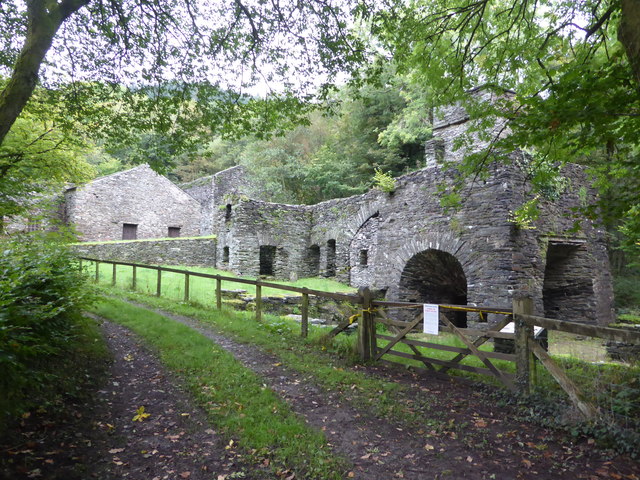
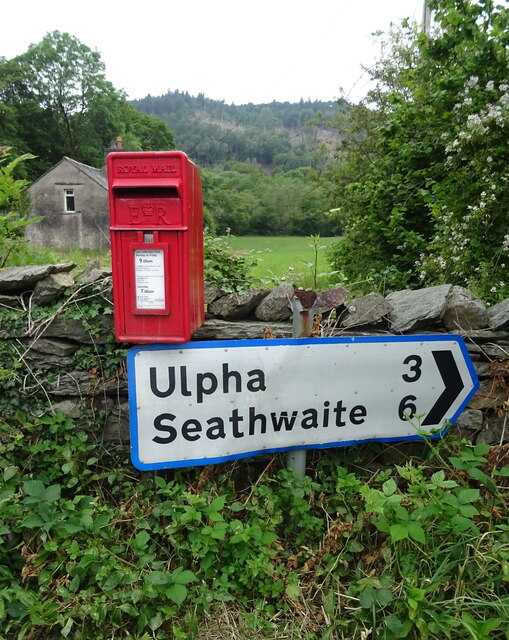
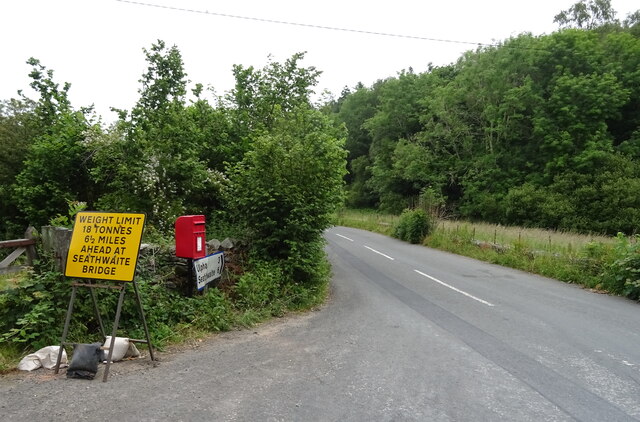
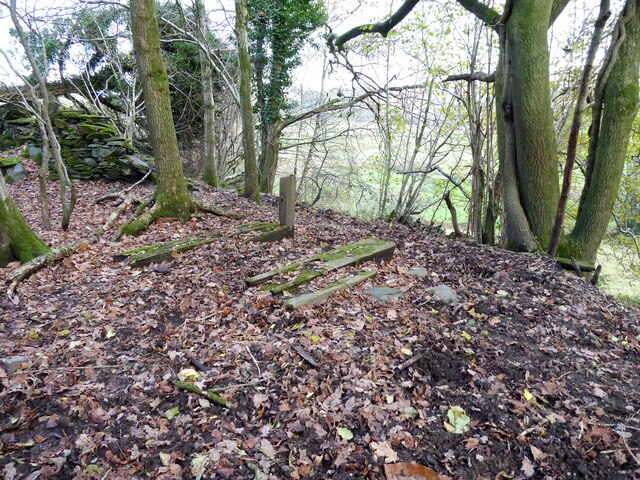
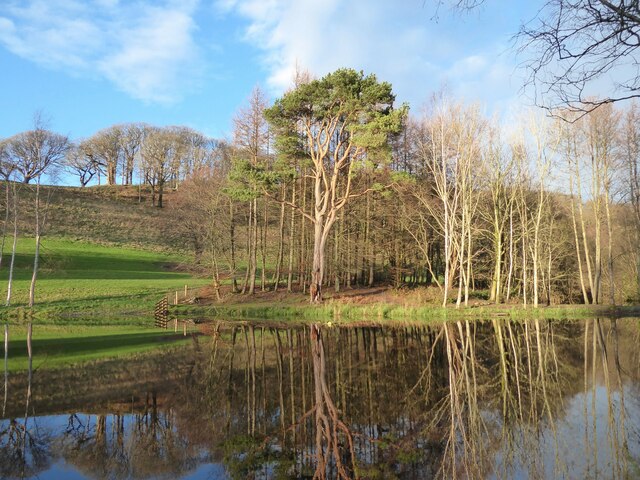
Springs Wood is located at Grid Ref: SD2188 (Lat: 54.285373, Lng: -3.2139295)
Administrative County: Cumbria
District: South Lakeland
Police Authority: Cumbria
What 3 Words
///badminton.stumble.scar. Near Millom, Cumbria
Nearby Locations
Related Wikis
Broughton-in-Furness
Broughton in Furness is a market town in the civil parish of Broughton West in the Westmorland and Furness district of Cumbria, England. It had a population...
St Mary Magdalene's Church, Broughton-in-Furness
St Mary Magdalene's Church is in Broughton-in-Furness, Cumbria, England. It is an active Anglican parish church in the deanery of Furness, the archdeaconry...
Broughton-in-Furness railway station
Broughton-in-Furness railway station served the market town of Broughton-in-Furness, in Lancashire, England (now in Cumbria). It was on the branch line...
Duddon Bridge
Duddon Bridge is a hamlet in Cumbria, England. == References ==
Nearby Amenities
Located within 500m of 54.285373,-3.2139295Have you been to Springs Wood?
Leave your review of Springs Wood below (or comments, questions and feedback).
